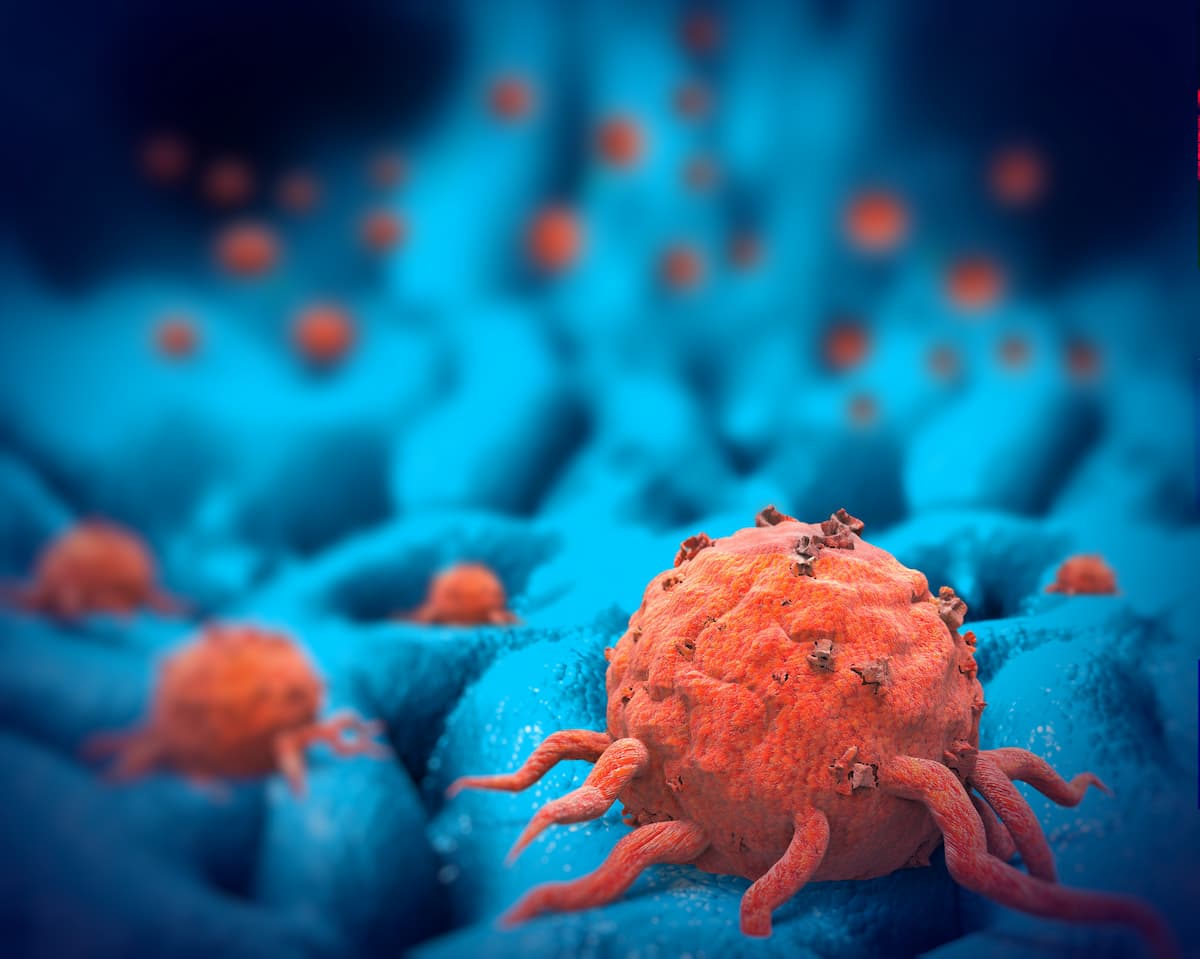First-Line Avelumab Comparable With SOC for Bladder Cancer Subtype
A retrospective study clarifies how the implementation of avelumab maintenance looks in real-world practice, according to an expert from Seattle Cancer Care Alliance.
First-line avelumab (Bavencio) maintenance for patients with locally advanced or metastatic urothelial carcinoma (mUC) yielded similar outcomes vs responses to usual therapy paradigms in the first-line setting, according to findings from the real-world, retrospective PATRIOT-II study presented at the 2023 Genitourinary Cancers Symposium.1
The FDA previously approved avelumab as maintenance treatment for patients with locally advanced or mUC that has not progressed with first-line, platinum-based chemotherapy in June 2022.

The ongoing retrospective study will continue to evaluate real-world outcomes and treatment patterns for maintenance avelumab.
Baseline findings showed that patients treated with first-line platinum-based chemotherapy prior to avelumab maintenance (n = 160) experienced a complete response (CR) rate of 13% and a partial response (PR) rate of 68% to chemotherapy. Eleven percent had stable disease (SD), and response was unknown in 8% of patients.
Additionally, 62.5% of patients received cisplatin-based chemotherapy, and 37.5% of patients received carboplatin-based chemotherapy. The median number of chemotherapy cycles was 5 cycles (interquartile range [IQR], 3-6), and median duration of platinum-based chemotherapy was 13 weeks (IQR, 10-17).
In June 2022, the FDA approved avelumab as maintenance treatment for patients with locally advanced or mUC that has not progressed with first-line, platinum-based chemotherapy, based on findings from the phase 3 JAVELIN Bladder 100 trial (NCT02603432).2
“We want to corroborate the findings [of JAVELIN Bladder 100 with] real-world data. In an effort to describe real-world evidence of what is happening in clinical practice, we designed the PATRIOT-II study, ” lead study author Petros Grivas, MD, PhD, said in an interview.
Grivas is a physician at the Seattle Cancer Care Alliance, an associate professor in the Division of Medical Oncology, University of Washington (UW) School of Medicine, clinical director of the Genitourinary Cancers Program, UW Medicine, and an associate professor in the Clinical Research Division, Fred Hutchinson Cancer Research Center, in Seattle, Washington.
The ongoing, retrospective PATRIOT-II study included patients with histologically confirmed locally advanced or mUC who were at least 18 years old at diagnosis and initiated avelumab maintenance after not progressing on first-line platinum-based chemotherapy. Patients were also required to have baseline and history data were available via medical records. Exclusion criteria included pregnancy at the time of trial enrollment and interventional clinical trial participation during the study period.
“We collected data from patients who received chemotherapy and then went on to avelumab switch maintenance in 37 geographically dispersed oncology practices, [including] both community practice and academic centers, within the United States,” Grivas said.
The key end points of the study include real world overall survival (OS) and progression-free survival (PFS), treatment patterns, real-world time to treatment discontinuation, real-world time to next line of treatment, reasons for treatment discontinuation, adverse effects (AEs), time to onset of immune-related AEs and high-dose steroid use, and health-care resource utilization, hospitalizations, and emergency department visits.
Among the 160 patients analyzed in the study thus far, the median age of was 70 years (range, 40-90) and 77% were male. Regarding ethnicity, 78% were non-Hispanic/Latino, 4% were Hispanic/Latino, and 18% were unknown. Additionally, 90% of patients were White, 3% were Black, 3% were Asian, and 4% were Hispanic. Sixty-four percent of patients were current or former smokers, and 78% of patients did not have a family history of bladder cancer. Seventy-six percent of patients had an ECOG performance status of 0 or 1.
The sites of primary tumor included upper tract UC (31%), lower tract UC (49%), upper and lower tract (3%), and unknown (8%). At the start of platinum-based chemotherapy, 74% of patients had metastatic disease. Metastasis at time of diagnosis included M0 (14%), M1a (15%), M1b (38%), and unknown (33%). Sites of metastases included lymph nodes (64%), bone (27%), lung (35%), liver (22%), brain (2%), and other (19%).
Forty-eight percent of patients were tested for PD-L1 status, and among all patients, 28% were PD-L1 positive, 21% were PD-L1 negative, and 52% were unknown.
Additional data showed the median time to first imaging after initiation of chemotherapy was 10 weeks (IQR, 5-14). Eleven percent of patients discontinued platinum-based chemotherapy due to unacceptable AEs. Notably, 14% of patients were hospitalized while receiving platinum-based chemotherapy, and 16% visited an emergency department during treatment.
Patients began avelumab maintenance at a median of 4 weeks following the completion of platinum-based chemotherapy, and most patients (81%) started avelumab at a standard dose of 800 mg once every 2 weeks. Other avelumab doses included 10 mg/kg (9% of patients), less than 800 mg (5%), and more than 800 mg (4%).
Grivas and colleagues noted that limitations of the study include its retrospective nature, lack of central disease progression assessment, and the potential for selection and confounding biases.
Future analyses will examine treatment patterns, real-world clinical outcomes, and health-care resource utilization at 6- and 12-months following baseline data collection.
“In the future, we're going to focus more on the actual outcomes with avelumab switch maintenance therapy. We will look at PFS, OS, secondary to response rates. Obviously, PFS and OS are more meaningful in the context of maintenance therapy. However, this is a retrospective study, and I think this will give us interesting data of how the implementation of avelumab maintenance looks in real-world practice,” Grivas concluded.
References
- Grivas P, Barata PC, Moon H, et al. Baseline characteristics from a retrospective, observational, US-based, multicenter, real-world (RW) study of avelumab first-line maintenance (1LM) in locally advanced/metastatic urothelial carcinoma (la/mUC) (PATRIOT-II). J Clin Oncol. 2023;41(suppl 6):465. doi:10.1200/JCO.2023.41.6_suppl.465
- FDA approves Bavencio as first-line maintenance treatment for patients with locally advanced or metastatic urothelial carcinoma. News release. Pfizer. June 30, 2020. Accessed February 20, 2023. https://www.pfizer.com/news/press-release/